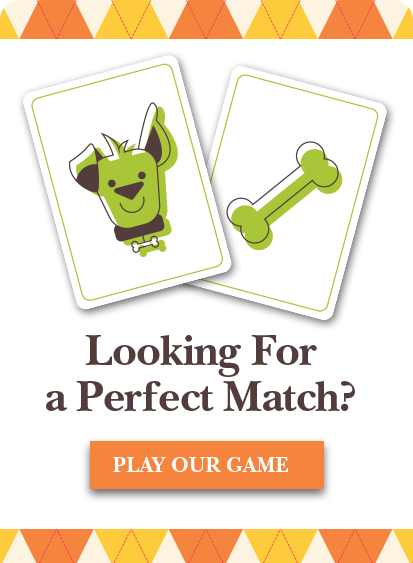When BuzzFeed started in 2006, five people were crammed into a small office in Manhattan’s Chinatown, experimenting with new media. Today, the site has over 425 employees and gets more than 150 million uniques per month, including 12 million in Canada.
Our team had the chance to stop by Toronto’s DX3 conference on March 5 for Eric Harris’ keynote speech. The EVP of Business Operations at BuzzFeed shared some of the site’s secrets to viral success, gleaned from the company’s learning labs—a unique investigation of online media that the website spearheads.
1. The vast majority of people get their news and information through news and social.
Your Aunt Glenys might still go through old school platforms like AOL, but today, millennials don’t subscribe to newspapers—they obsessively check their mobile devices to communicate with friends and discover new content. Harris says this is the core place where they engage with what they find.
2. Find the heart in your content.
How can BuzzFeed simultaneously publish content about serious news alongside cat videos? Harris likens the Internet to a Paris café. Picture this. Sicily 1956. You walk into a Parisian café and find a man talking about serious issues with his friends. If a cute puppy walks by, will he ignore it? No. He’s probably going to pet the dog and say “what a cute puppy.” That doesn’t make him stupid, it makes him human. The lesson: You have to dig into your consumers’ hearts. Find content that’s serious, fun, nutritious and delicious.
3. Tap into the “art” of viral.
Make sure your content is worthwhile and shareable. Harris says people prefer things that tap into: inspiration, identity, humour, cute animals, nostalgia, intelligence and mobile. We’ll talk more in depth about this tomorrow. Check back then!
4. Tap into the “science” of viral.
Harris recommends you constantly measure how content is being spread and shared so you can promote the winners. Tracking analytics also allows you to predict what content will be successful. Remember that content is all about immediacy so make sure you’re tracking posts as soon as possible.
5. Optimize the promotion of your content.
According to Harris, optimizing your headlines and thumbnails will do wonders for your SEO. Make sure your headlines are direct, concise and provide an expectation of what to expect. For example, “15 cheesiest rap videos of 1994” will probably perform better than “15 best music videos.” Your audience is much less likely to be disappointed when their anticipation is met.
6. Optimize your share buttons.
Be smart with your share buttons, says Harris. For example, BuzzFeed found Pinterest users were sharing content about DIY and recipes so they made their Pinterest share button larger on these articles.
7. Experiment and pioneer.
Don’t be afraid to try new platforms like WhatsApp and Snapchat. There are so many new technologies to experiment with on mobile and tapping into them early on could benefit you in the long run.
8. Video streaming is only going to become more important.
Prime time no longer exists, Harris says. People are increasingly grabbing a glass of wine and their iPad when they get home to watch YouTube videos instead of their television (or at least watching YouTube during commercials). Fifty percent of BuzzFeed’s video content is mobile so people can watch short videos anywhere and everywhere. Generally, 9 pm to 10 pm is the peak time for traffic on smartphones.
9. Great promoted content tells a great story.
Be smart about sponsored content, Harris says. Think of ads during the Super Bowl or print editorials in Vogue. Social advertisement should be something that the viewers or readers actually want and it should enhance their experience. While no one comes to BuzzFeed looking for ads, the site creates advertising that is thoughtful and worthwhile.
10. If something isn’t working, try to fix it.
Like us, you may be obsessed with BuzzFeed’s quizzes. The site was trying to do quizzes for a long time but they just weren’t working. A team came together to analyze the data and come up with a new, innovate design. Now, BuzzFeed quizzes have become incredibly powerful on the site, says Harris. The lesson here? If something isn’t working, think of how the content’s design and layout can be improved. Try and try again if you believe in it.
Have something to add? Tweet us @52pickupinc and join our conversation about successful brands at #BrandBoosts. Check back tomorrow for more lessons learned from DX3.
– By: Brittany Mahaney
More News

